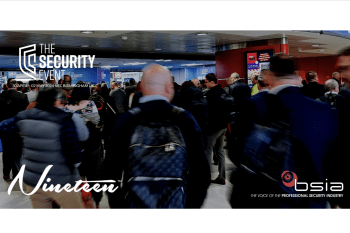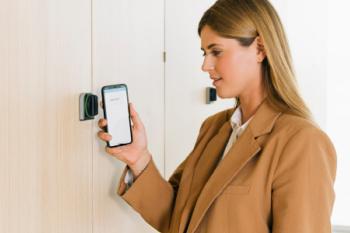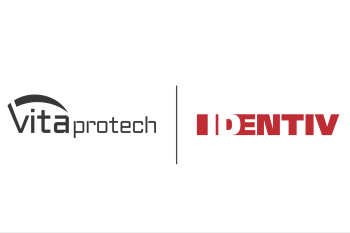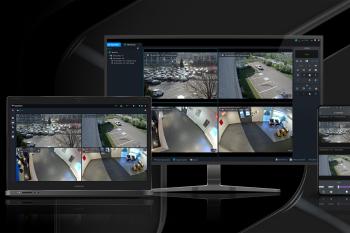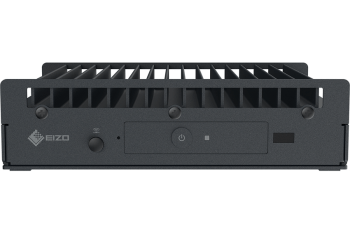Facial recognition in US airports checkpoints
16.12.2022 - The TSA started operating facial recognition in US airports checkpoints, while the tech is already operative behind the scenes in hundreds of airports.
Hundreds of airports around the world already use FRT to performe one-to-one verification, real-time watchlist alerting and touchless access control
Earlier this month The Transportation Security Administration reportedly rolled out a pilot program of its facial recognition identification to 16 domestic airports in the US. The frontline security personnel at checkpoints make roughly 30% less than their counterparts in other federal agencies, a disparity that’s hindered TSA recruitment and retention since the agency’s inception in 2001. A TSA spokesperson said: "Biometric technology has the potential to enhance security effectiveness, improve operational efficiency, and yield a more streamlined passenger experience at the TSA checkpoint". The TSA’s move received wide media coverage and some criticism from privacy activists, but it is worth remembering that there are several different uses of facial recognition technology that are already active in hundreds of airports around the world. The most common ones are one-to-one verification which is the use the TSA promotes now; real-time watchlist alerting; and touchless access control.
Oosto comment
Oosto CMO Dean Nicolls explains: “One-to-One Verification is typically used at security checkpoints within airports around the globe. You step up to the travel document checker kiosk and stick your ID into a machine. Then you look into a camera for up to five seconds and the machine compares your live photo to the one it sees on your ID. They call this a “one-to-one” verification system, comparing one face to one ID. Even though the software is judging if you’re an impostor, there’s still a human agent there to make the final call.
Real-Time Watchlist Alerting is used to monitor many airports in order to identify persons of interest in real-time for anyone on a watchlist. Live facial recognition software, which can be embedded within an airport’s existing camera infrastructure, enables security teams to rapidly respond to threats while protecting the privacy of bystanders. The challenge with real-time watchlist alerting is that facial recognition systems must work when there are crowds when the cameras are positioned high on a wall or ceiling, when individuals are not looking directly at the camera, or when passengers are wearing masks or other face coverings. Other than airports, Oosto provides real-time watchlist alerting to stadiums, office buildings and casinos. “
Touchless Access Control is used to control access to specific locations within an airport. For example, airports can use facial recognition to identify authorized employees who are given access to sensitive areas of the airport such as aircraft hangers, fuel storage, specialized equipment, and the runways themselves. Similar to a watchlist, the airport would have a list of authorized employees and when these employees approach a sensitive zone, they are given explicit physical access – but anyone else would not. Oosto provided facial recognition-based access control to logistic centers in airports and seaports, like the one in Ashdod Port, Israel .
Nicolls added: “We should be leveraging the latest security technologies like real time video analytics to safeguard our airports, railways and ports.”
Contact
Oosto
292 Madison Avenue,, 18th Floor
NY 10017 New York
United States




